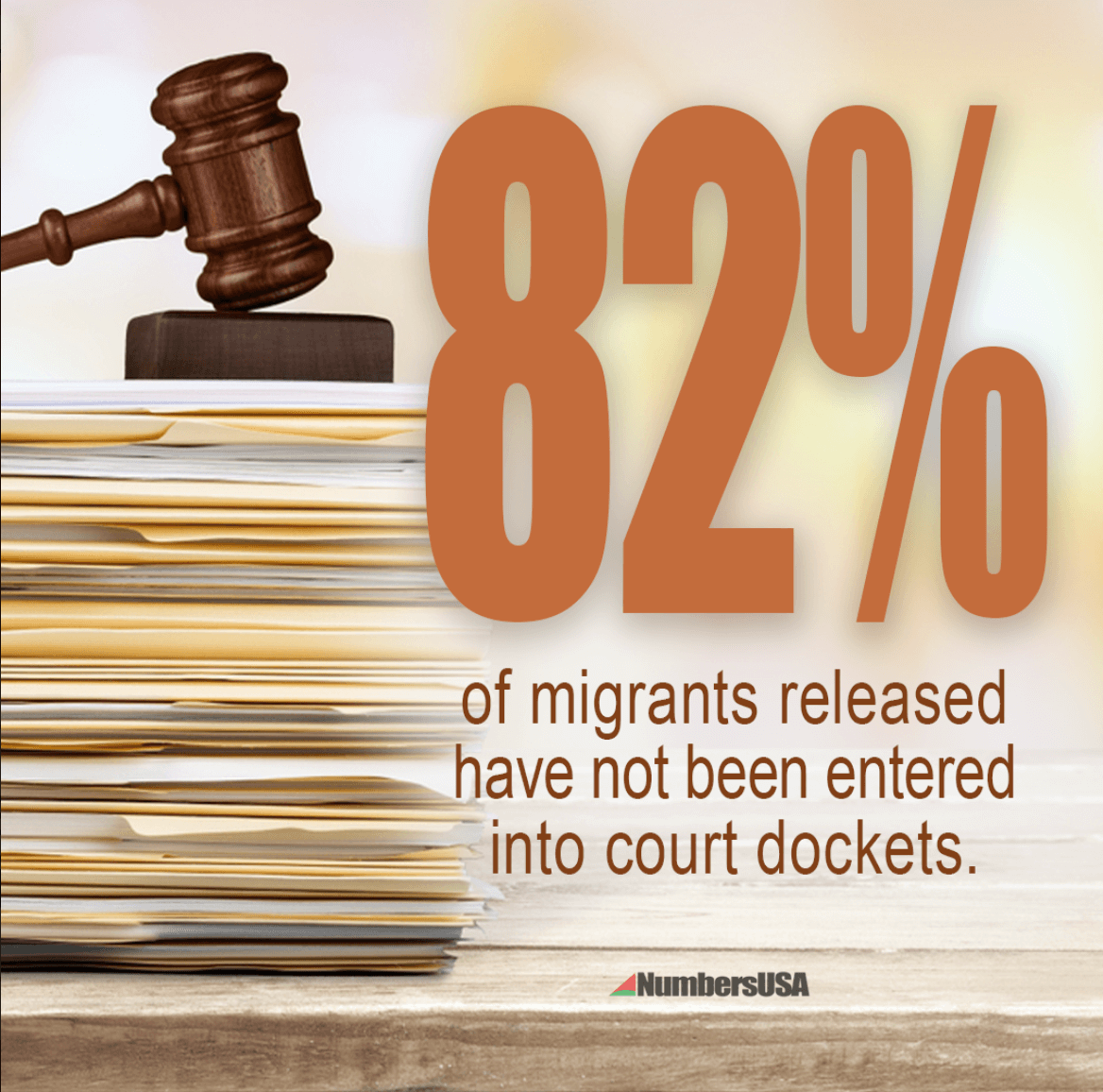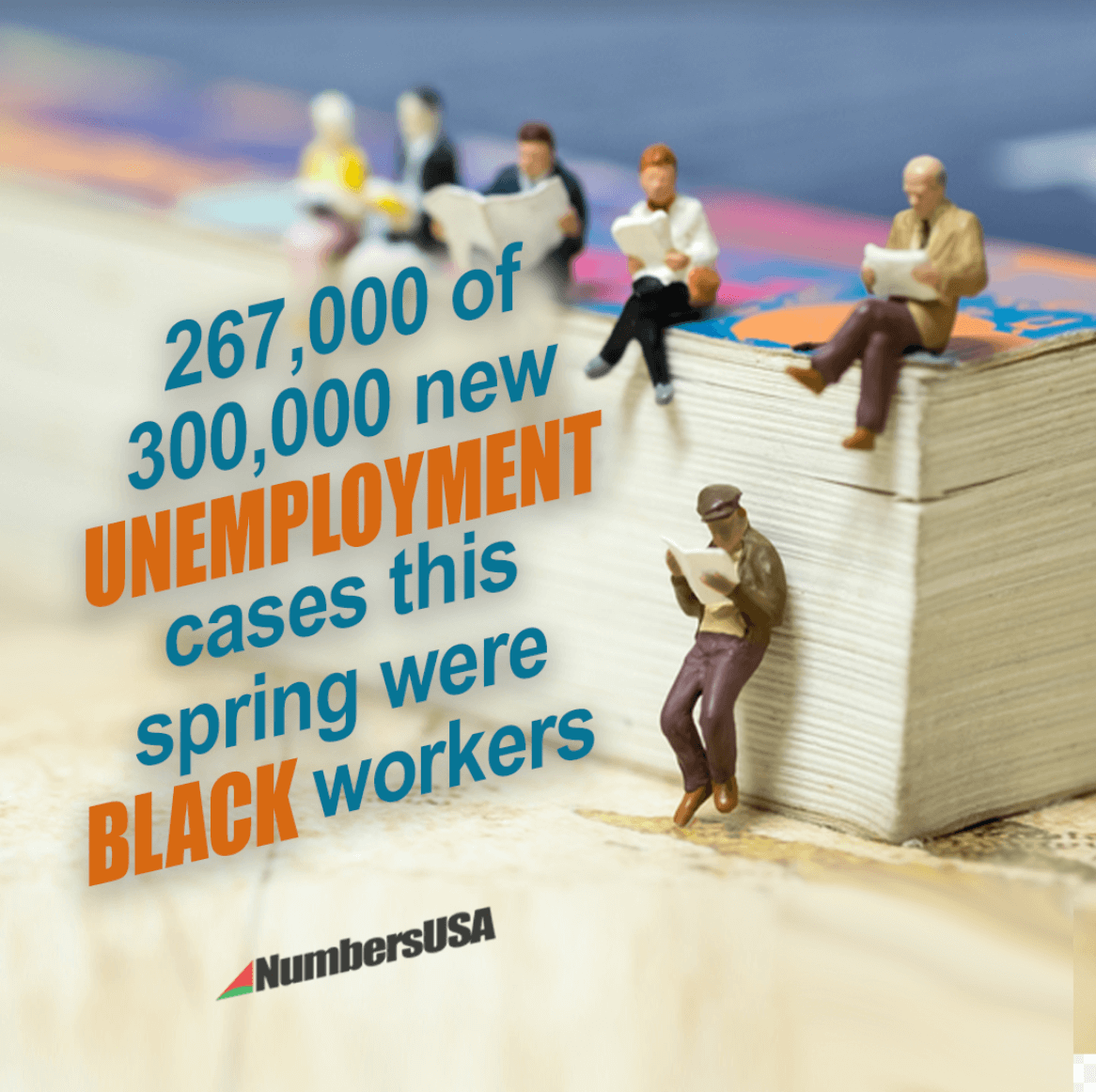Immigration By the Numbers: Catch and Release


Of the 18% who have been entered into the court docket, most will wait years before their case is heard, most will lose, and almost none will face consequences if they refuse to leave when ordered.

Lower wages is the point
Tom Fairless of The Wall Street Journal, and David Leonhardt of The New York Times look at the backlash to record immigration levels across the world.
“The backlashes repeat a long cycle in immigration policy,” Fairless writes:
Businesses constantly lobby for more liberal immigration laws because that reduces their labor costs and boosts profits. They draw support from pro-business politicians on the right and pro-integration leaders on the left, leading to immigration policies that are more liberal than the average voter wants.”
Leonhardt harkens back to earlier eras in the United States when “labor leaders and civil-rights leaders, for example, argued for moderate levels of immigration to protect the interests of vulnerable workers.” (That history is covered in Back of the Hiring Line, by NumbersUSA’s founder, Roy Beck).
Progressives today have become “passionate advocates of more migration,” Leonhardt writes, “arguing — correctly — that immigrants usually benefit by moving from a lower-wage country to a higher-wage country”:
But immigration is not a free lunch any more than free trade is. It also has costs, including its burden on social services, as some local leaders, including Mayor Eric Adams of New York and officials in South Texas, have recently emphasized….”
Economic Perspective
A relatively tight labor market pushed the average worker’s pay up faster than inflation in May and June. Inflation had surpassed wage increases from April 2021 to April 2023.
Scars of stagnant pay
“Now the typical worker is better off, even after accounting for inflation, than just before the pandemic,” writes Heather Long.
“That’s not saying much. If a family has not really been able to get ahead for years, the scars remain.”
While “average worker’s pay” is up, Robert Reich believes public opinion about the economy is still dragged down by the two-thirds of Americans are are “bogged down in dead-end jobs lacking any economic security, while struggling with many costs (such as housing, child care, and education) that continue to soar.”
Inflated job numbers to “keep employees motivated”
Those unfilled jobs you keep reading about probably aren’t real, reports Irina Ivanova. Companies are listing far more job openings than they have intention to hire in order to maintain a large pool of candidates, which employers feel they need in an economy where jobs are not particularly secure.
43 percent of employers who post “ghost job ads” say they do so to “to keep current employees motivated.” In other words, to remind workers that they are easily replaceable in this job market.
Cast Down Your Buckets….

Edward Robert McClelland reports that Chicago recently diverted “$51 million in federal opioid funds to feed and house migrants bused to Chicago,” mostly in underserved Black neighborhoods, and shines a local light on the global backlash that Fairless and Leonhardt explored:
“‘We have waves of immigration in America, and every time, we get solidified in the bottom caste,’ says lifelong South Sider Brian Mullins, cofounder of the Black American Voter Project, which encourages Blacks to consider candidates individually rather than allying with a political party.
“Mullins calls himself a ‘foundational Black American’ — a descendant of emancipated slaves. Once freed, those former slaves, Frederick Douglass wrote in his autobiography, were ‘elbowed out of employment by some newly arrived emigrant from the Emerald Isle whose hunger and whose color are thought to give him a better title to the place.’ Though the newcomers now originate more from Asia and Latin America, the impact remains. According to a 2007 study by the National Bureau of Economic Research, Black employment is more sensitive to an immigration influx: ‘For white men, an immigration boost of 10 percent caused their employment rate to fall just 0.7 percentage points; for Black men, it fell a full 2.4 percentage points.’ As Mullins sees it, immigrants undercut Blacks at the low end of the labor market: ‘From construction to stores, even the guy washing the windows, it’s a migrant charging less than the Black men.’
“‘No one should be surprised over tension between migrants and Black Americans,’ says Adrian Norman, a member of the Black leadership network Project 21, which is affiliated with the conservative National Center for Public Policy Research. ‘There are destabilized communities across the entire country that have produced horrible outcomes for Black folks for decades, and there is a case to be made that those communities should be prioritized over individuals who forced their way into the country unlawfully.'”
No labor shortage
“In the end,” says NumbersUSA’s Jared Culver, “the labor shortage myth is just a way to justify targeting a vulnerable workforce.”
“It is certainly economically rational for companies to seek the cheapest possible employee to do the job….What doesn’t make sense is why the Federal government would be enabling this business practice at the expense of its own citizens.”
JEREMY BECK is a V.P., Deputy Director for NumbersUSA
Take Action
Your voice counts! Let your Member of Congress know where you stand on immigration issues through the Action Board. Not a NumbersUSA member? Sign up here to get started.
Donate Today!
NumbersUSA is a non-profit, non-partisan organization that relies on your donations to works toward sensible immigration policies. NumbersUSA Education & Research Foundation is recognized by America's Best Charities as one of the top 3% of well-run charities.
Immigration Grade Cards
NumbersUSA provides the only comprehensive immigration grade cards. See how your member of Congress’ rates and find grades going back to the 104th Congress (1995-97).